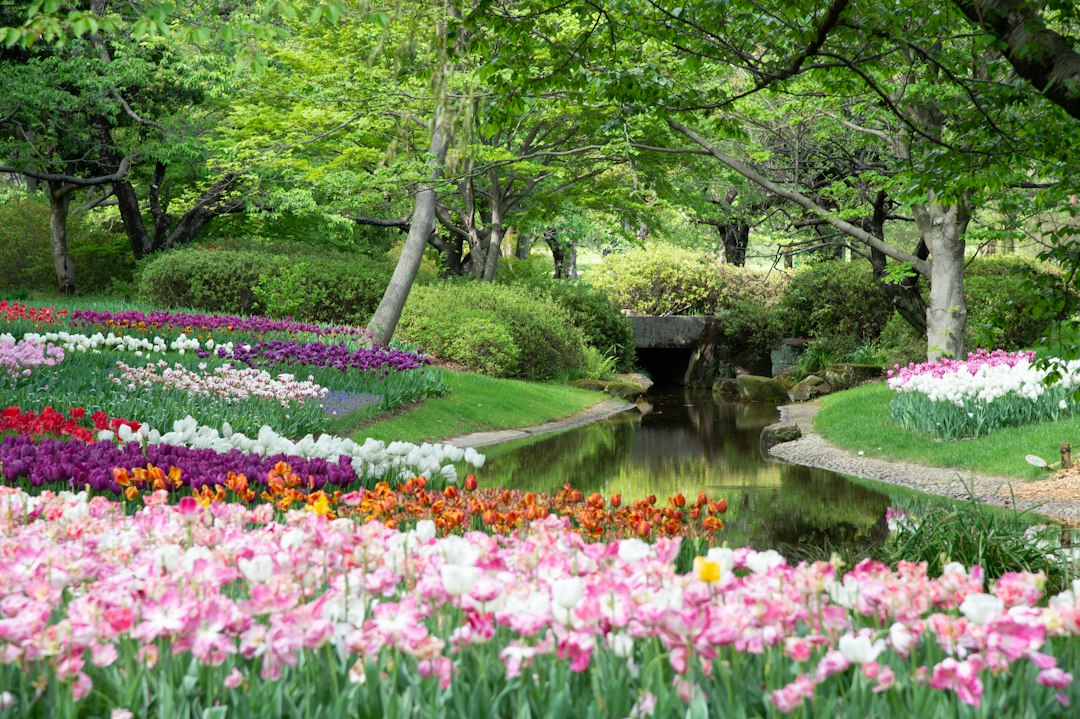The Art of Bonsai: How to Create and Care for Miniature Trees
Bonsai, derived from the Japanese words “bon,” meaning tray, and “sai,” meaning planting, is an ancient horticultural art form that encompasses the creation, cultivation, and care of miniature trees. Renowned for their delicate beauty and striking resemblance to full-sized trees, bonsai trees have captured the attention and admiration of people around the world. In this blog post, we will delve into the world of bonsai, exploring the techniques involved in creating these miniature marvels, as well as the key aspects of their care.
Creating a bonsai tree is an art form that requires a delicate balance of skill, patience, and vision. The first step in the creation process is selecting a suitable species of tree. While the choices are vast, some popular options for beginners include the Juniper, Maple, and Pine varieties. It is crucial to choose a species that thrives in your local climate, as this will significantly impact the tree’s overall health and longevity.
Once you have selected your desired tree species, the next step is choosing a suitable container and starting the training process. Traditional bonsai trees are typically planted in shallow containers, known as bonsai pots. These containers not only add to the aesthetic appeal but also help restrict the tree’s growth and maintain its compact size. During the training process, the tree is pruned, wired, and shaped to achieve the desired visual effect. Pruning involves cutting back branches and roots to encourage ramification and mimic the growth patterns seen in nature. Wiring involves wrapping the tree’s branches with flexible wire to guide their growth and create the desired shape.
As with any art form, the creation of a bonsai tree requires a deep understanding of the principles of design. Balance, proportion, and harmony play fundamental roles in achieving a visually pleasing bonsai. Balance refers to the distribution of visual weight in the tree, with a well-balanced bonsai having a sense of stability and equilibrium. Proportion dictates the relationship between different elements of the tree, ensuring that no element overwhelms or underwhelms the others. Harmony is achieved through the careful arrangement of colors, textures, and shapes, creating a cohesive and unified aesthetic.
Caring for a bonsai tree is an ongoing commitment, as these miniature trees require specific care to thrive. First and foremost is watering, a crucial aspect of bonsai care. The frequency and amount of water required vary depending on the species, size of the tree, and climate. However, as a general rule of thumb, it is recommended to water the tree thoroughly whenever the soil feels slightly dry, ensuring that the water reaches all parts of the root system.
In addition to watering, bonsai trees also require adequate sunlight. Most species thrive in bright, indirect light, although some may prefer partial shade. Finding the right balance can be a matter of trial and error, as too much or too little sunlight can have varying effects on different tree species. Regularly observing your bonsai’s response to sunlight will help you determine the optimal placement.
Fertilizing is another vital aspect of bonsai care, as the limited space in which these trees grow can deplete the soil of essential nutrients. Depending on the species, fertilizing may be required every two to four weeks during the growing season, using a balanced bonsai fertilizer. The use of organic fertilizers, such as compost or fish emulsion, is another option to consider, as it provides slow-release nutrients while improving soil health.
Bonsai trees should be repotted regularly to promote their overall health and prevent the roots from becoming bound. The frequency of repotting depends on the species and the tree’s growth rate. Generally, younger trees should be repotted every one to two years, while older trees may only require repotting every three to five years. Repotting involves carefully removing the tree from its pot, trimming the roots, and placing it back into a fresh potting mix that promotes drainage and allows for root development.
Finally, pruning and shaping are ongoing maintenance tasks in bonsai care. Regularly trimming the tree’s branches and foliage helps maintain its desired shape and promotes ramification. Wiring may also be required from time to time to guide new growth or adjust the tree’s shape. It is essential to exercise caution while pruning and wiring, as improper techniques or excessive intervention can harm the tree.
The art of bonsai is a lifelong journey, with each tree telling a unique story. Creating and caring for these miniature trees requires an understanding of horticulture, design principles, and the beauty of nature. Through patience, dedication, and a deep appreciation for the art form, you can embark on a rewarding endeavor that brings the enchanting beauty of the natural world into your home. So, go ahead, dig your hands into the soil, and let your artistic spirit flourish as you create and care for your own bonsai masterpiece.

